Estimated reading time: 6 minutes

Seven rehab experts with a wide range of backgrounds answer three questions about how and why they’ve integrated ergonomics into their professional work. Their diverse responses shed light on why all rehab professionals should consider making ergonomics part of their own repertoire.
View the original article posted on Rehab Management by clicking HERE.
1. How did a career in rehabilitation lead you to ergonomics?
Nancy Bellendorf, OTR/L, owner, Worksafe Therapy & Ergonomics: In college, we had a visiting therapist who performed work in industry. My interest was piqued. After a year of working in general hospital and outpatient settings, I landed a job in a work hardening center. During that time, I started doing job site visits. It was amazing to find out how often there were fairly obvious reasons (to us) why the worker was sore and there were some simple solutions to help the workers get safely back to work. I took ergonomics-related classes and continuing education to help build greater knowledge of ways to evaluate and develop solutions. I learned that safety and engineering professionals have a lot of knowledge to share as well.
Gina Sandoval, PT, DPT, CEAS III, owner, Spine Solutions Inc: I was working at the Boeing Company, which opened my eyes to the industrial rehabilitation field of physical therapy. I was fascinated by the proactive approach to preventing injuries and mitigating re-injury. Up to that point, my career focused on the reactive side of rehabilitating injuries instead of preventing them. I realized I could positively impact my community by keeping workers on the job and helping them work more efficiently. There is no better feeling than knowing a worker could keep their job, provide for families, contribute to the economy, and keep their company productive.
Alison Heller-Ono, PT, MSPT, CPE, owner, Worksite International Inc: I was interested in back safety and work injury rehabilitation. I noticed patients got hurt at work often and it seemed that employers did nothing to help avoid the injuries. With an understanding of body mechanics and work safe principles, I realized I could help both employees and employers work safer. After the ADA was first passed in 1992, I began learning about OSHA and NIOSH. The state of California wanted to develop an ergonomics standard through Cal-OSHA, and there was a focus on reducing workers’ comp costs through legislation. These factors made it clear to me that my vision to start a company focused on ergonomics would work. I was right!
Scott Ege, PT, MS, president, Ege WorkSmart Solutions PC: I worked in a large hospital-based system, in an “industrial mecca” for manufacturing. I was treating a patient who had injured his back at work and he was angry. He described his employer and work environment as “the worst ever.” He’d improve in his therapy sessions but worsen every time he went back to work. I called his employer out of frustration and spoke with the human resource manager. She invited me to come to the plant and meet with her, my patient, and his supervisor. I saw that the workstation was too low and offered some simple changes. I was able to provide my patient with more specific training on movement and body mechanics related to his job. We clarified his work restrictions. Two weeks later, he was released to full duty. He was pain-free and no longer angry. The HR manager and supervisor were grateful. Since then, I have assessed thousands of jobs.
Brian Langenhorst, OTR, CEA, industrial/ergonomics specialist, healthcare facility: As a new graduate I was hired to develop a new facility’s outpatient occupational therapy program and industrial rehab program. I trained in many of the available industrial rehab programs and systems and I started consulting with employers for the patients I was seeing in industrial rehab. But something was missing. I was not able to communicate with the employers like I wanted to. I did not yet have the engineering, human factors, and ergonomics background to complement my medical/rehabilitation background to best help my patients/employers. I started attending occupational ergonomics and human factors courses. I left healthcare and worked in the workers’ comp insurance industry as a loss control consultant managing safety and injury prevention strategies and where ergonomics was a strong focus for me. I became a board-certified ergonomist by the BCPE in 2004, which has helped me expand my current clinical, consulting, and training work.
Bryon Graulich, MSHAC, ATC, PTA, CEAS, CSPHP, Injury Prevention and Ergonomics Sr. Specialist, healthcare facility: A phone call from the hospital employee health director came in asking if we could do ergonomic assessments for her caregivers. After 10 years as an ATC and PTA in clinics and sport situations and overseeing multiple clinic sites, a new challenge was welcome. It was also a perfect way for me to investigate a question that had always been frustrating me. Why were my cumulative trauma patients making progress in therapy, but not at the rate or with the complete recovery I would expect? It was different than with my athletes and was frustrating. As an athletic trainer I was always eyes on with my patients and could see them in performance. That visual feedback helped to shape my instruction and treatment plan. Seeing clients in their work locations while performing ergonomic assessments was the missing link.
Sandi Sorum, OTR/L, CEAS I, healthcare facility: Early in my career, I worked in an outpatient rehab setting 50% of my day and work hardening patients 50% of my day. There was not an ergonomic program, but there was a need in both the community and within our health system. As the program evolved, my fire was ignited. Patient safety is a constant focus in the health care setting. Employee safety is equally important. Through collaboration with a progressive and willing employee health services department, an ergonomic program was born.

Click here to read on!
Your Turn
As a rehab professional reading these responses, what common denominators spoke to you? Was it frustrating when workers failed to stick the landing with their progress under your plan of care? This follow-up question is for you. How can you integrate ergonomics into your current professional work, to better serve your patients and clients?
Virginia “Ginnie” Marshall (Halling), PT, is chief executive officer of DSI Work Solutions Inc. For more information, contact RehabEditor@medqor.com

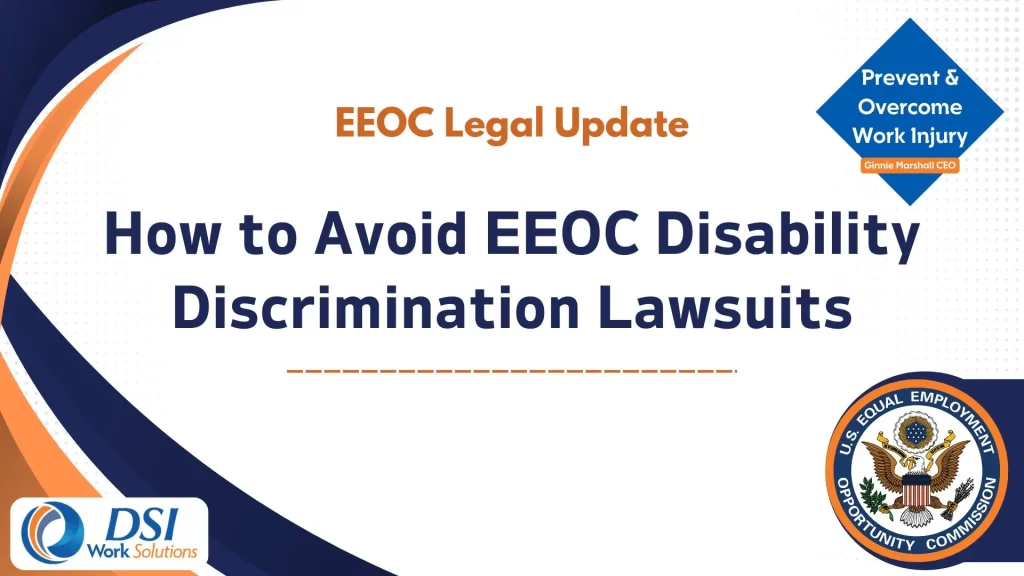
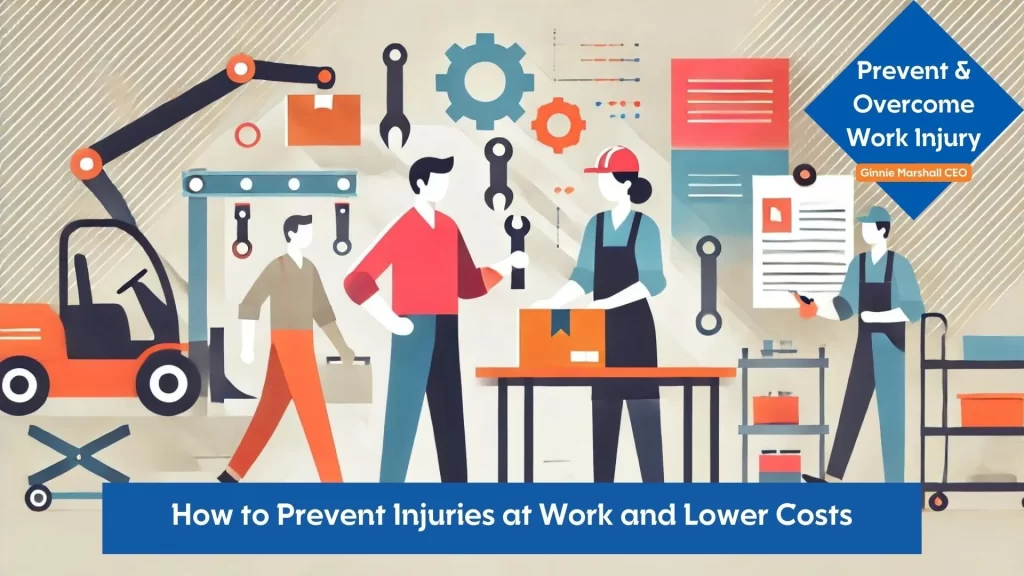

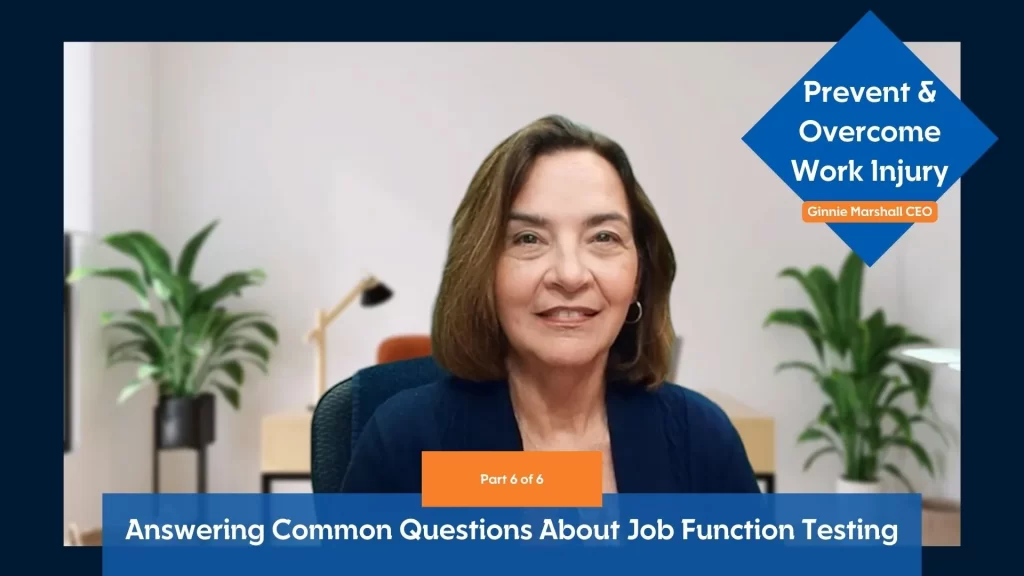
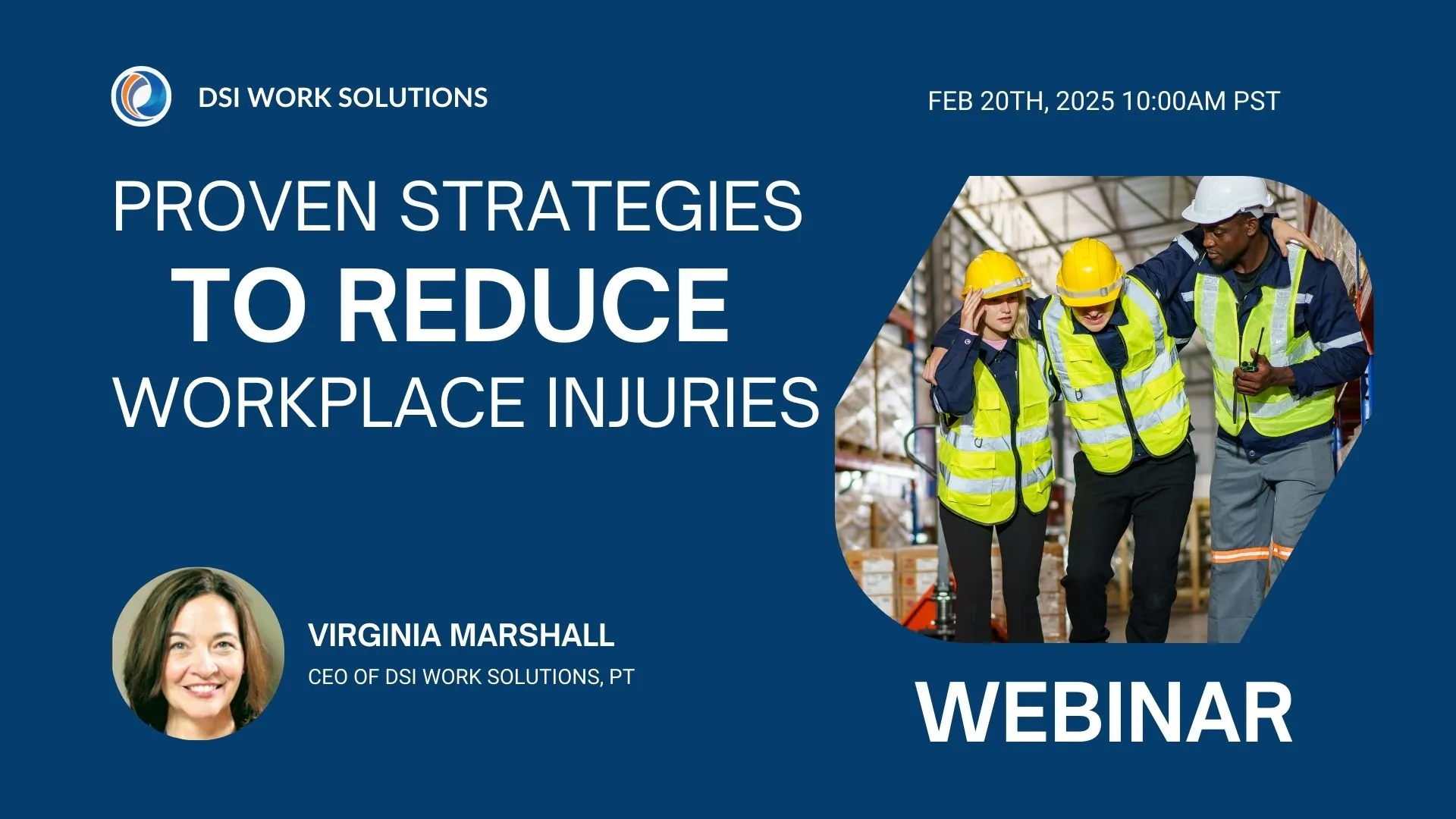





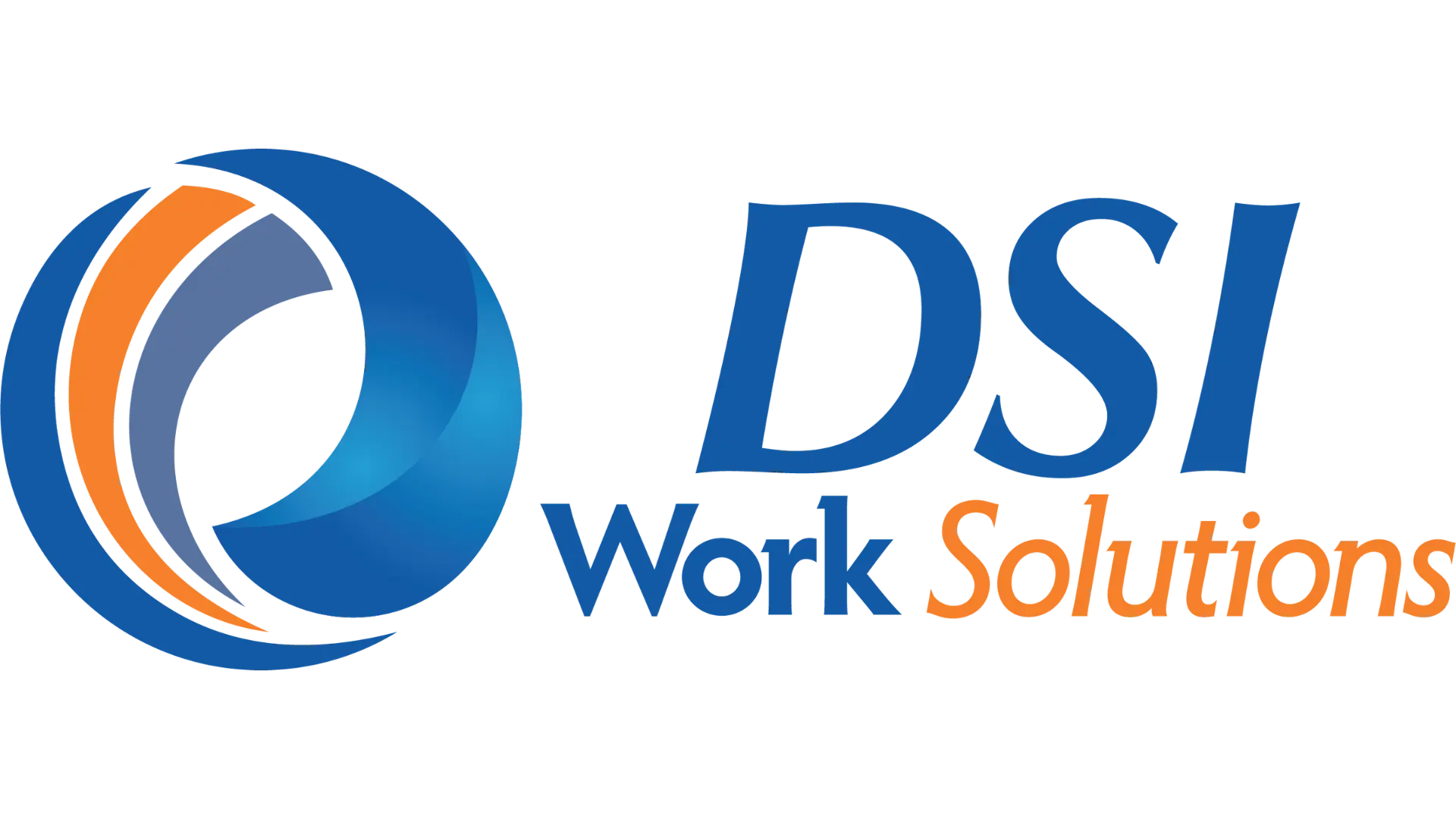
.webp)